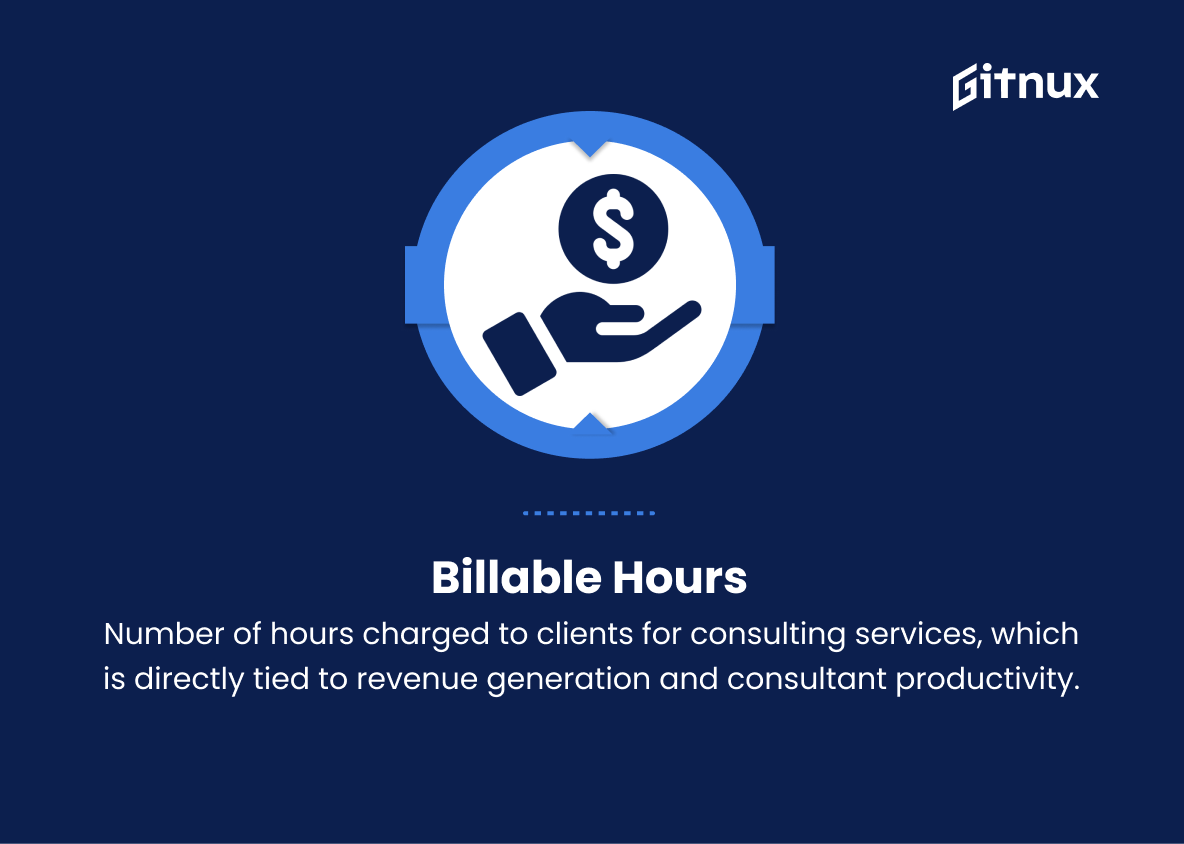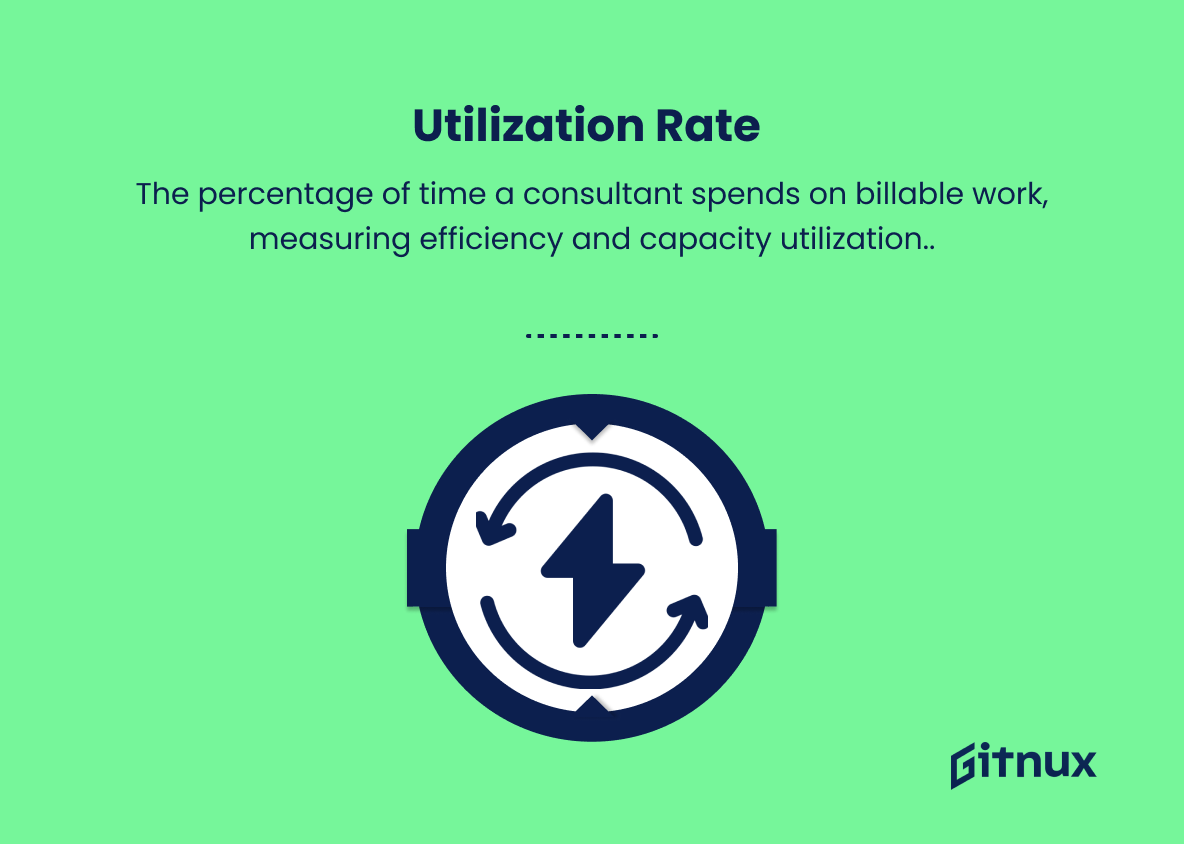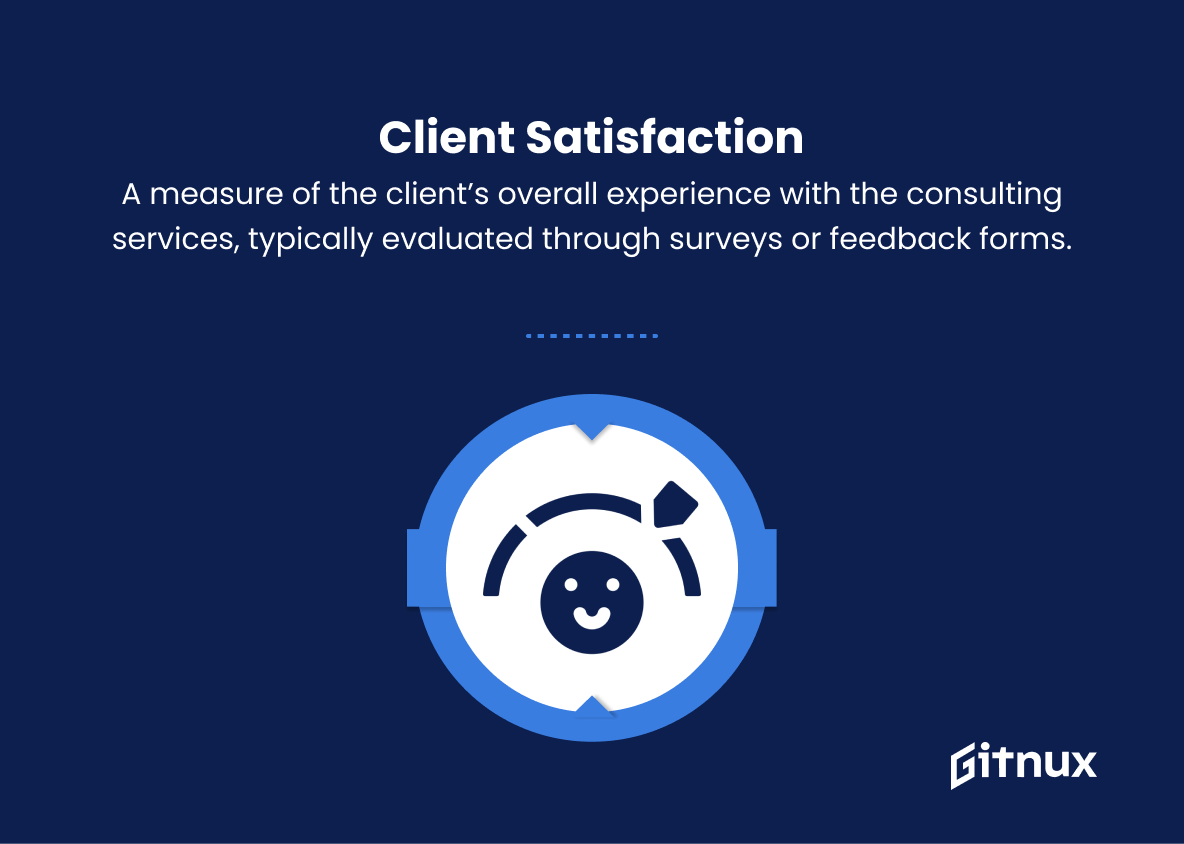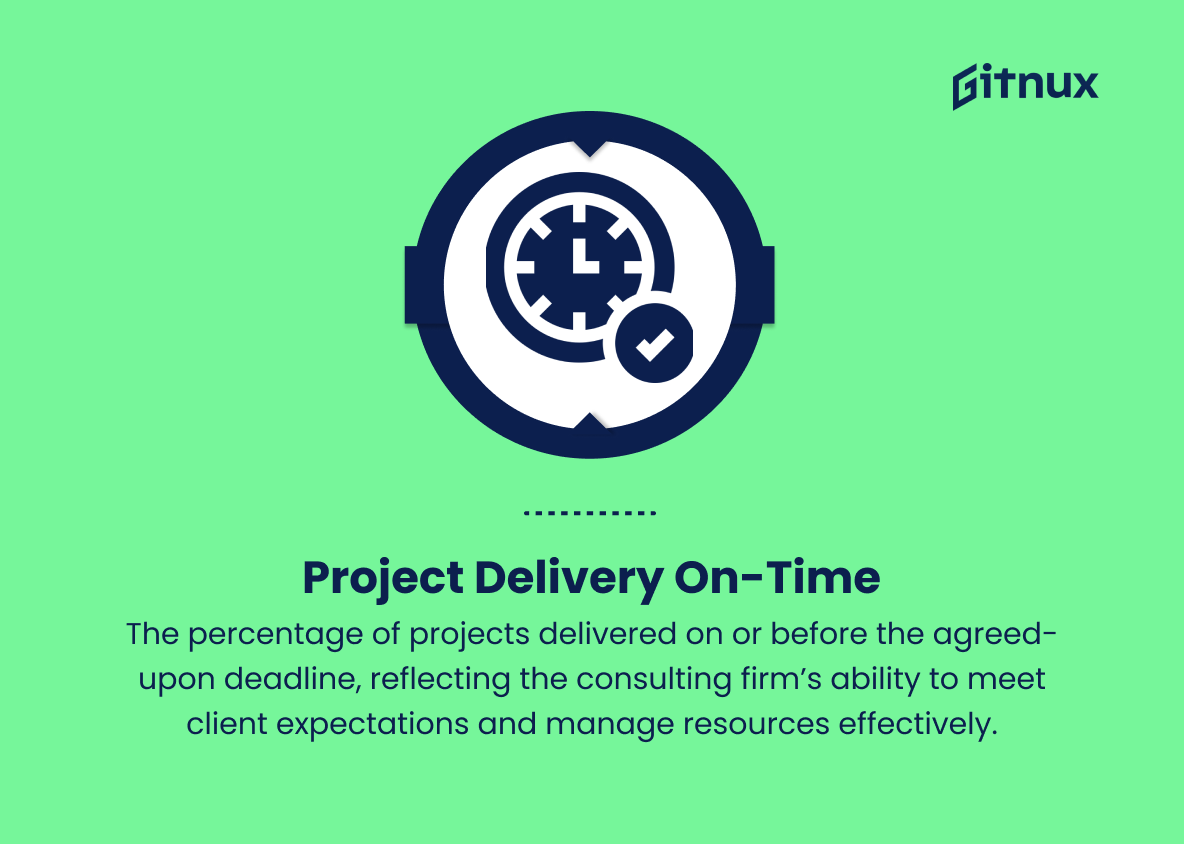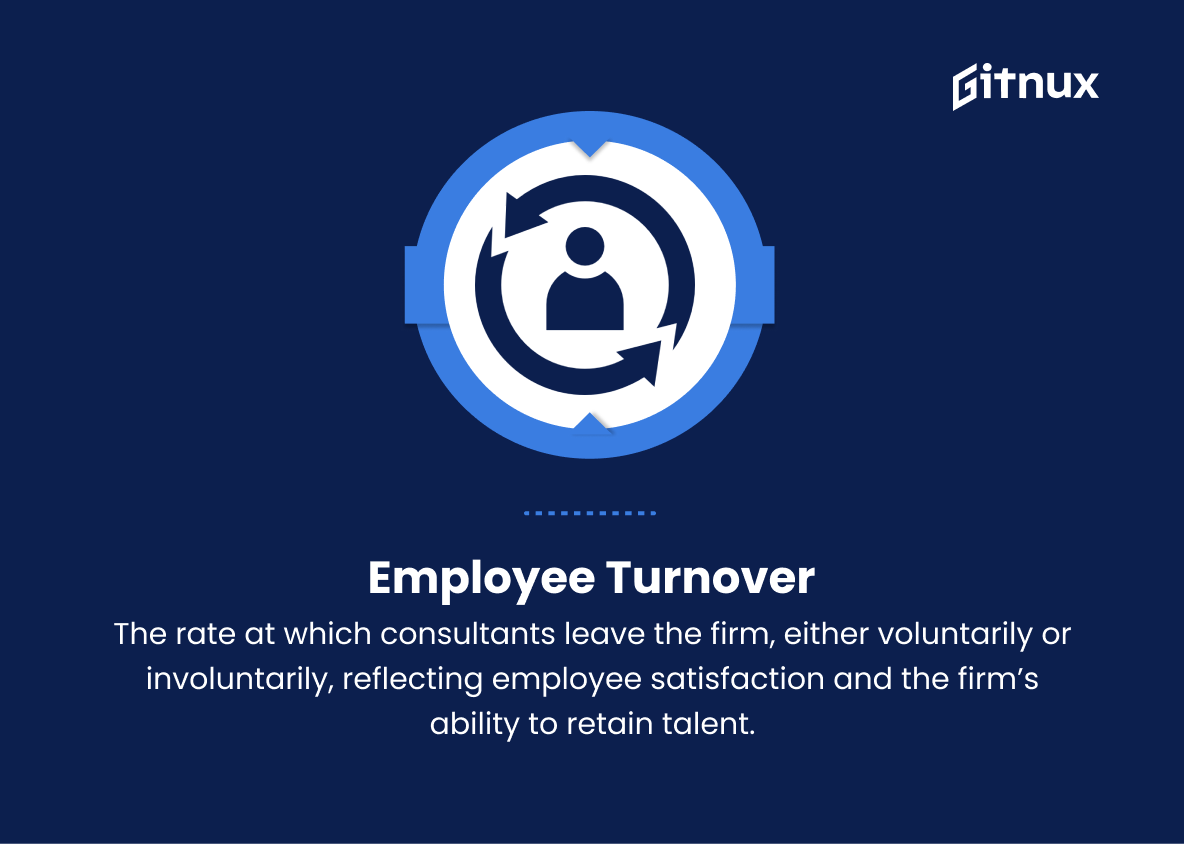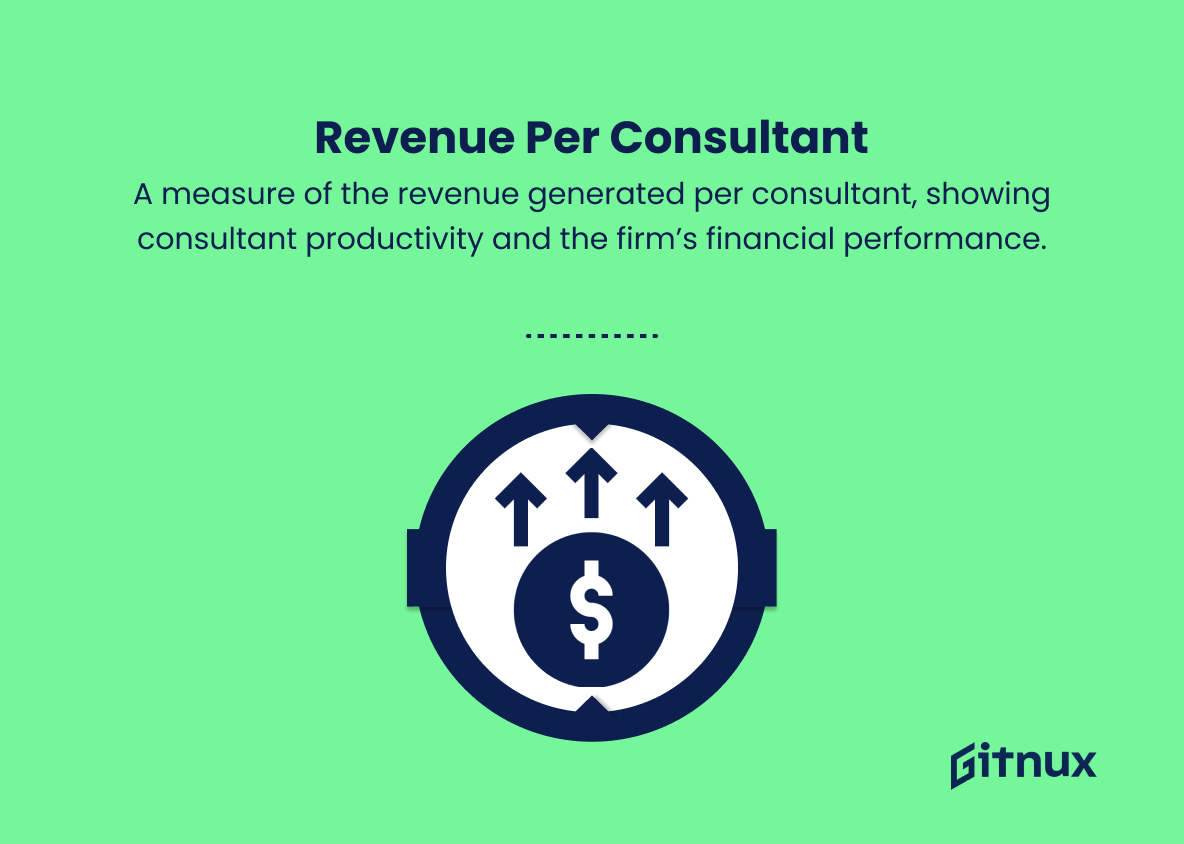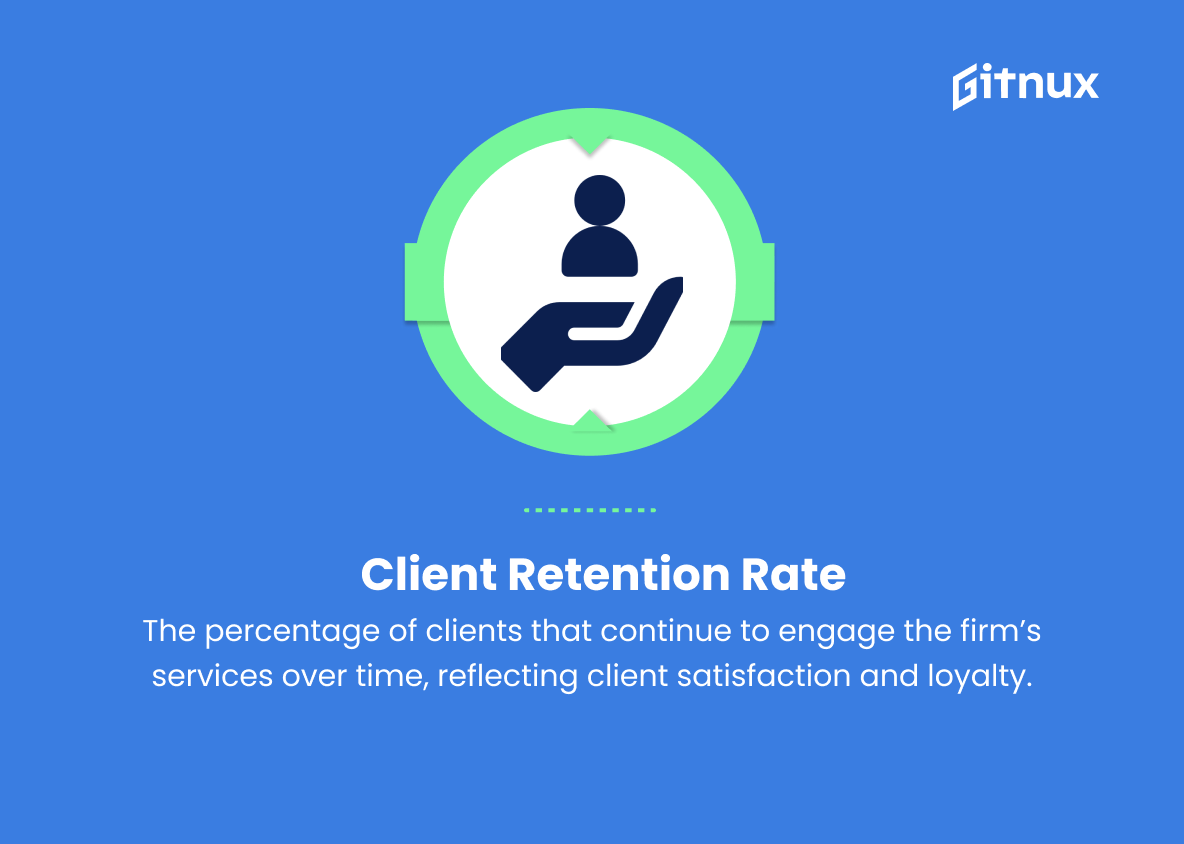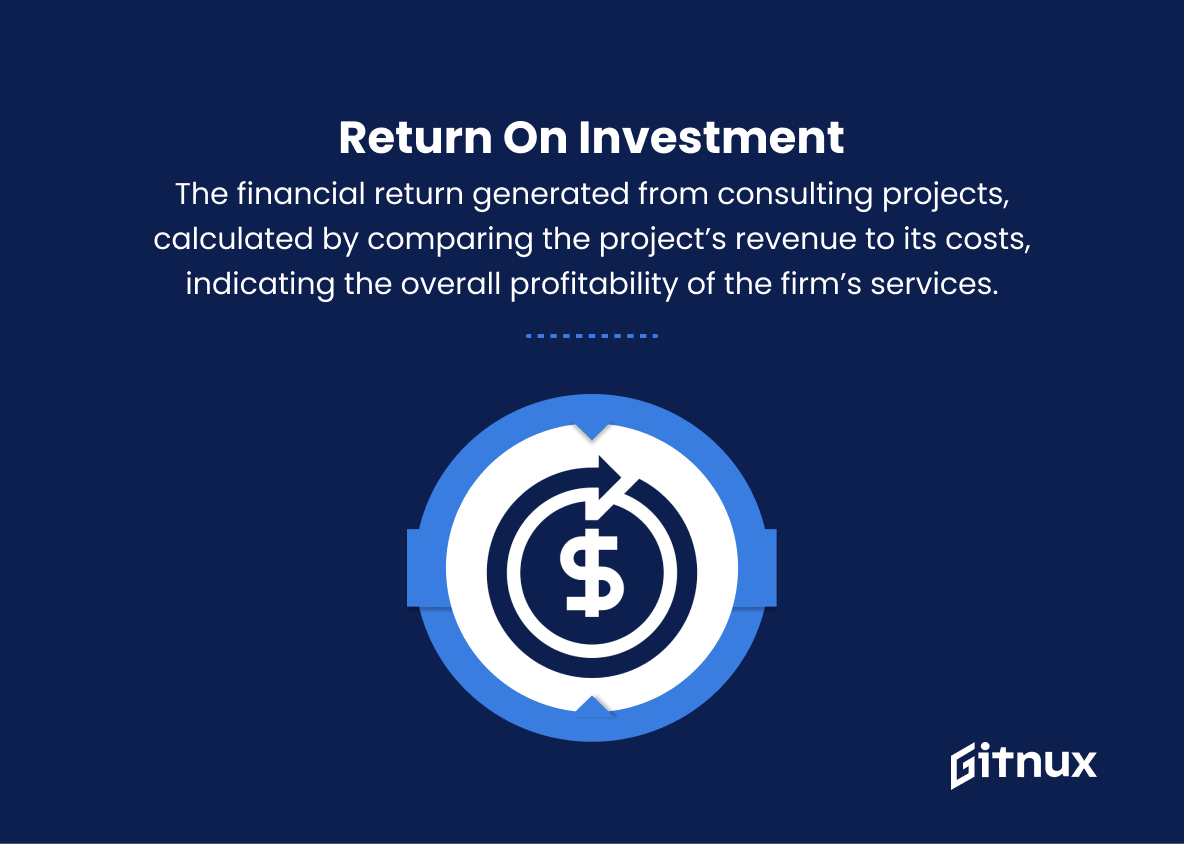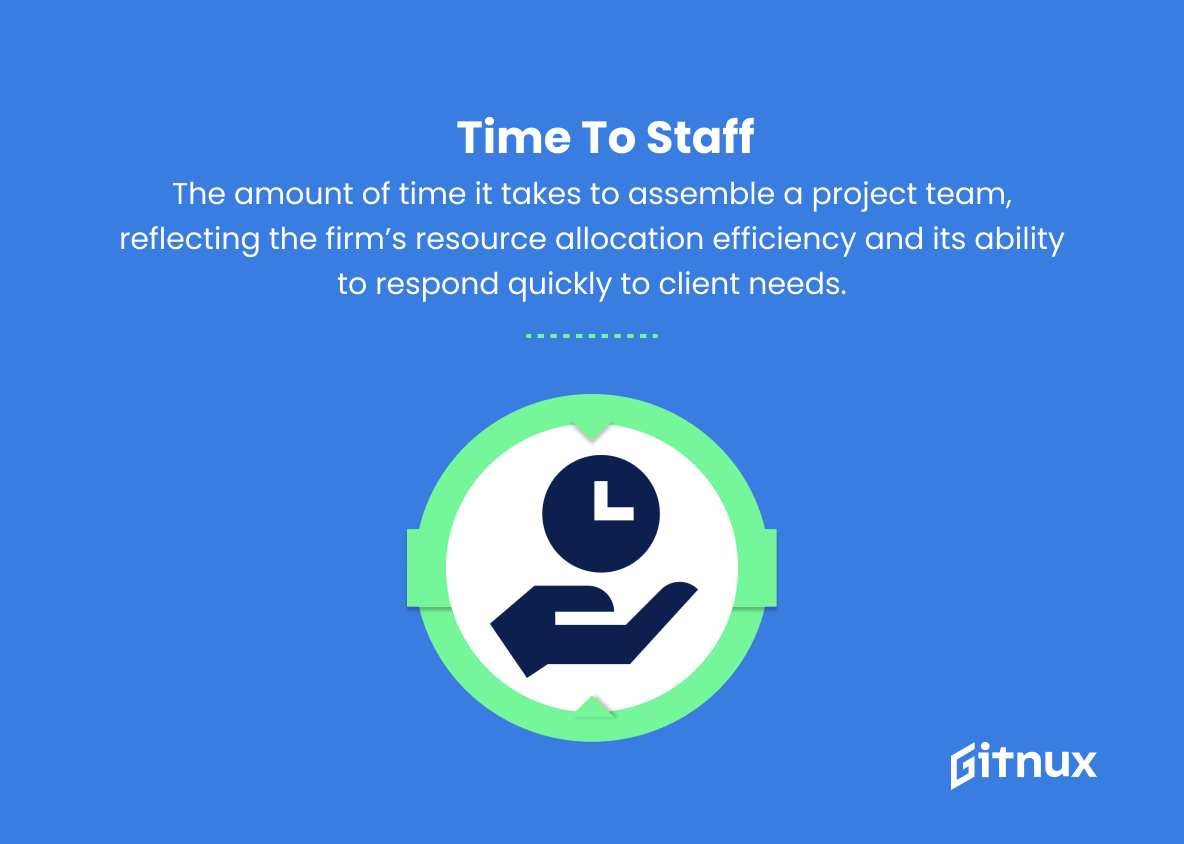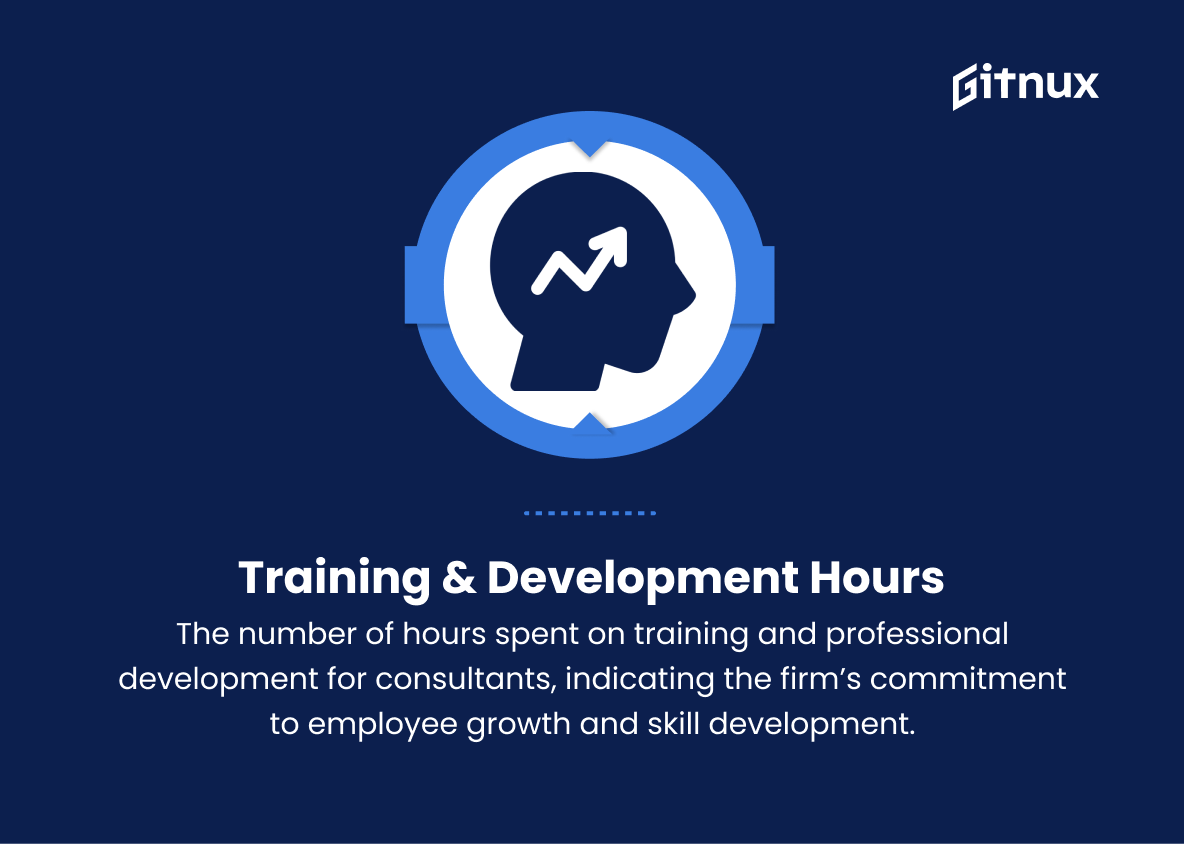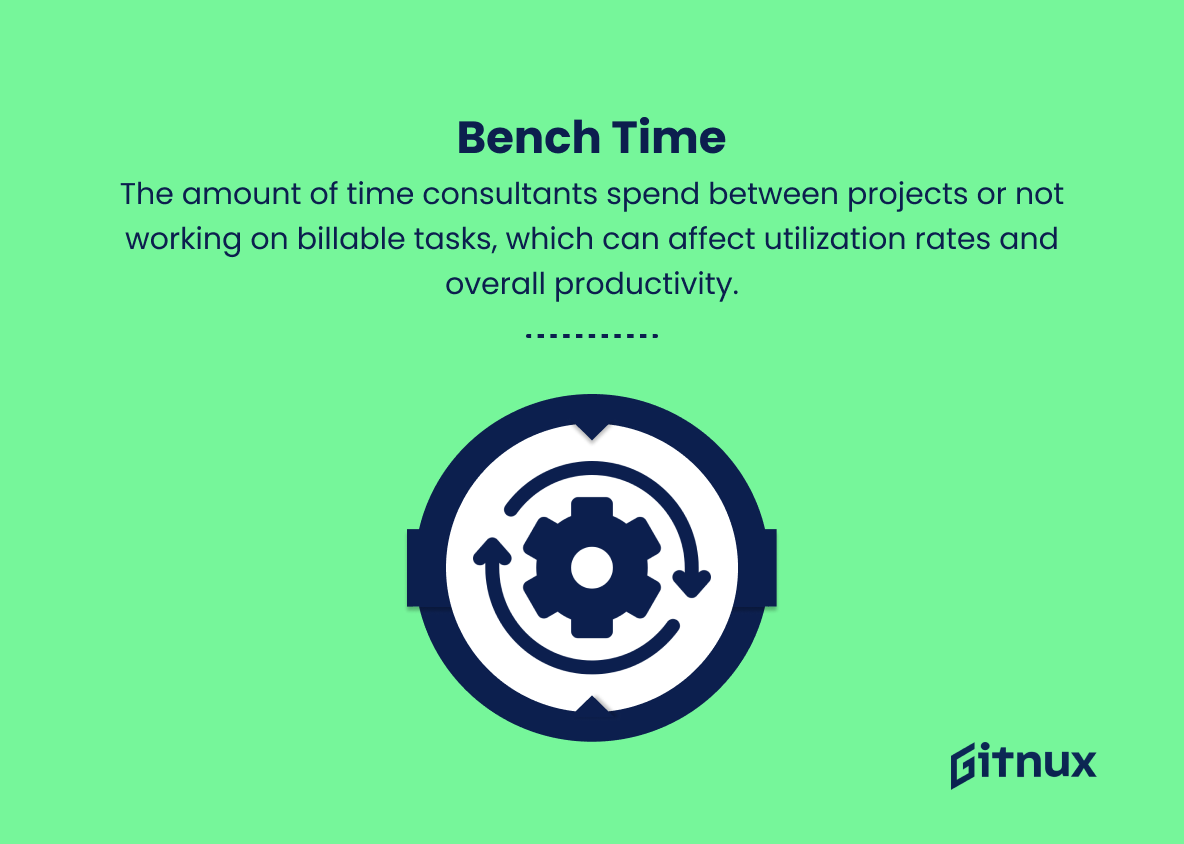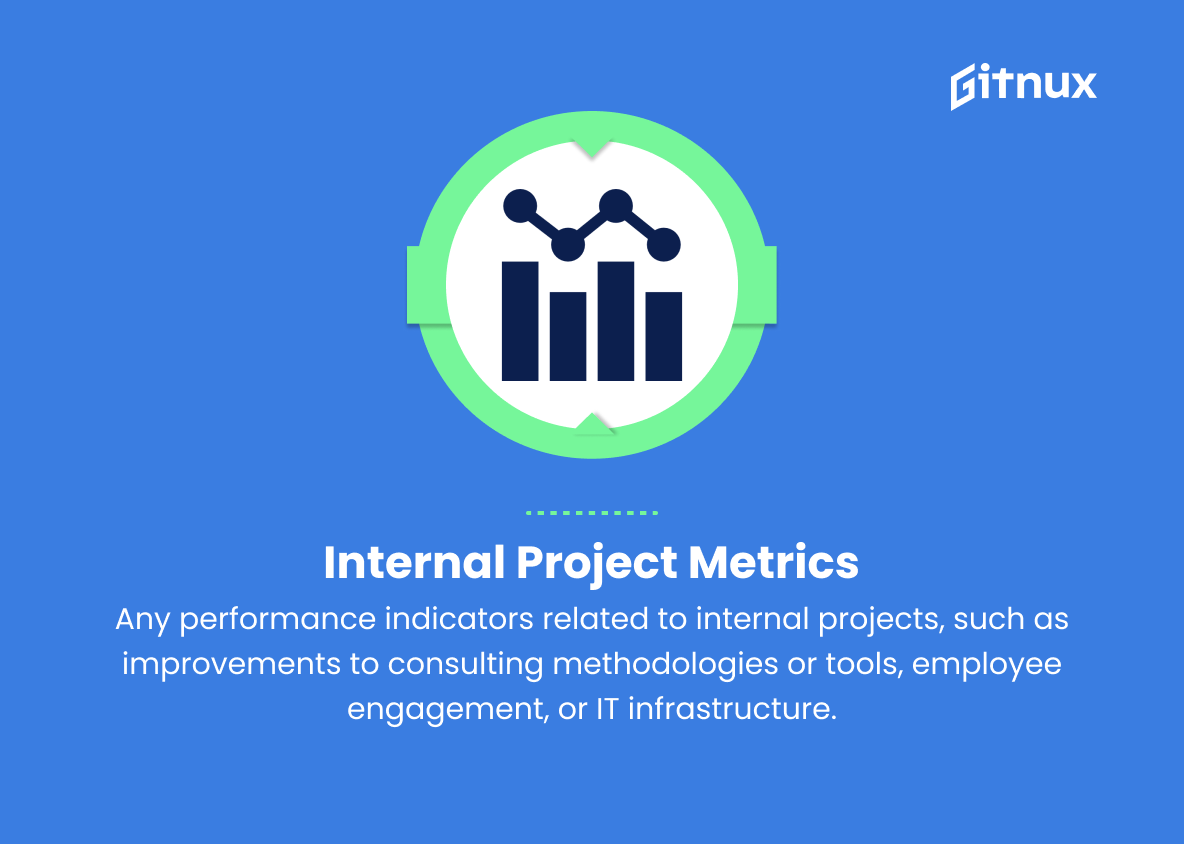In today’s highly competitive business environment, organizations seeking to optimize their performance and drive sustainable growth must rely on data-driven decision-making. As more enterprises turn to consultants for strategic guidance in navigating this complex landscape, it is critical for both the clients and the consultants to have a clear understanding of the objectives, outcomes, and value generated from these engagements. This is where consulting metrics come into play. In this informative blog post, we will delve into the significance of consulting metrics, explore the most pertinent and effective metrics to deploy, and discuss the implications of incorporating these metrics on client success, satisfaction, and long-term business performance. So, buckle up and prepare to deepen your comprehension of the vital role that consulting metrics occupy in the world of management and strategic consulting.
Consulting Metrics You Should Know
1. Billable Hours
Number of hours charged to clients for consulting services, which is directly tied to revenue generation and consultant productivity.
2. Utilization Rate
The percentage of time a consultant spends on billable work, measuring efficiency and capacity utilization.
3. Project Margin
The profitability of a project, calculated as revenue generated minus project costs, including consultant salaries, overheads, and other expenses.
4. Client Satisfaction
A measure of the client’s overall experience with the consulting services, typically evaluated through surveys or feedback forms.
5. Project Delivery On-Time
The percentage of projects delivered on or before the agreed-upon deadline, reflecting the consulting firm’s ability to meet client expectations and manage resources effectively.
6. Project Scope Change
The number of times the scope of a project has been altered, affecting the project’s timeline, resources, and costs.
7. Employee Turnover
The rate at which consultants leave the firm, either voluntarily or involuntarily, reflecting employee satisfaction and the firm’s ability to retain talent.
8. Revenue Per Consultant
A measure of the revenue generated per consultant, showing consultant productivity and the firm’s financial performance.
9. Client Retention Rate
The percentage of clients that continue to engage the firm’s services over time, reflecting client satisfaction and loyalty.
10. Return on Investment (ROI)
The financial return generated from consulting projects, calculated by comparing the project’s revenue to its costs, indicating the overall profitability of the firm’s services.
11. Proposal Win Rate
The percentage of proposals submitted that result in won projects, showing the effectiveness of the firm’s business development efforts and ability to secure new clients.
12. Time to Staff
The amount of time it takes to assemble a project team, reflecting the firm’s resource allocation efficiency and its ability to respond quickly to client needs.
13. Training & Development Hours
The number of hours spent on training and professional development for consultants, indicating the firm’s commitment to employee growth and skill development.
14. Bench Time
The amount of time consultants spend between projects or not working on billable tasks, which can affect utilization rates and overall productivity.
15. Internal Project Metrics
Any performance indicators related to internal projects, such as improvements to consulting methodologies or tools, employee engagement, or IT infrastructure.
Consulting Metrics Explained
Consulting metrics are essential in evaluating the effectiveness, productivity, and overall success of a consulting firm. Billable hours represent the direct revenue generation from clients and give insight into consultant productivity. Meanwhile, the utilization rate quantifies how efficiently consultants are spending their time on billable work. Project margin assesses the profitability of a project by considering all associated costs. Client satisfaction, measured through surveys, indicates how well the firm’s services meet their clients’ expectations. Project delivery on-time reveals the extent to which the firm can effectively manage resources and meet deadlines. Project scope change reflects the adaptability of the consulting company to changes in project requirements. Employee turnover rates shed light on satisfaction levels within a firm and its ability to retain talent.
Revenue per consultant shows the financial performance of both individual consultants and the firm as a whole. Client retention rate showcases the loyalty and satisfaction of clients, while return on investment indicates the overall profitability of the company’s services. Proposal win rate measures the success of the firm in securing new clients through its business development efforts. Time to staff demonstrates the efficiency of resource allocation when forming project teams. Training and development hours reveal the company’s dedication to employee growth and skill development, while bench time indicates the utilization rates and productivity of consultants not engaged in billable tasks. Lastly, internal project metrics measure the performance and effectiveness of internal initiatives to improve and support the firm’s operations. Together, these metrics allow consulting firms to continuously evaluate, improve and grow their businesses.
Conclusion
In conclusion, consulting metrics are the key to evaluating performance, optimizing processes, and driving growth within the consulting industry. By focusing on the right quantitative and qualitative measurements, consulting firms can gain valuable insights into their operations, client satisfaction, and overall success. Embracing a data-driven approach and continuously updating these metrics allows organizations to remain agile and competitive in an ever-changing market. As we move forward, it will be crucial that consultants embrace these metrics, adapt to emerging trends, and continually strive for improvement to maximize their impact and ensure the sustainability of their business.
